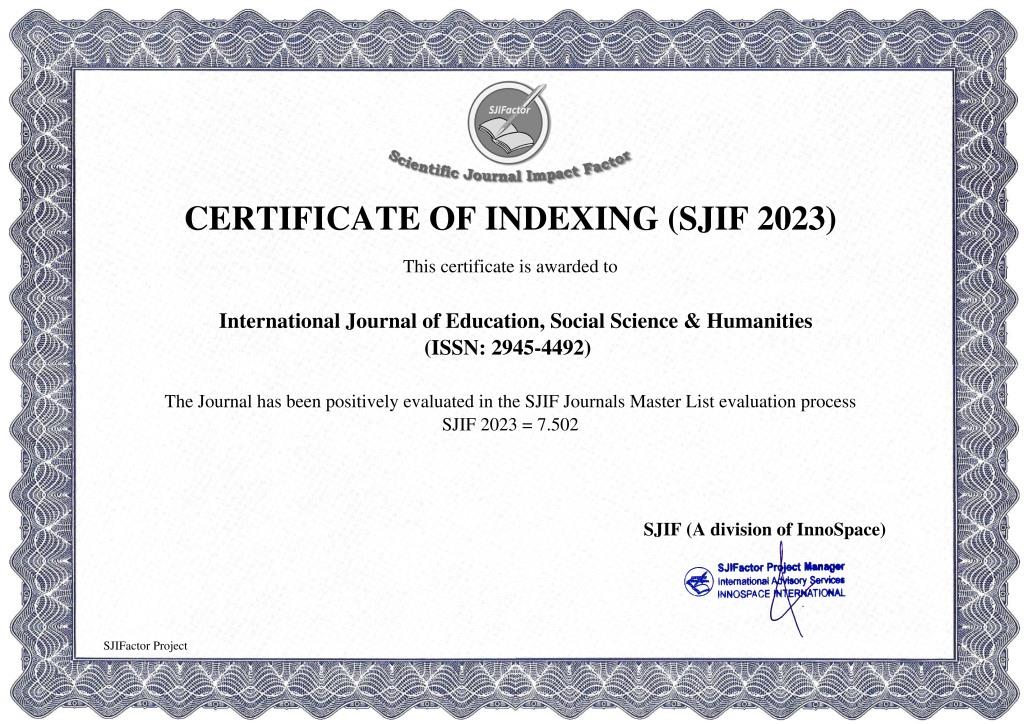DISCRIMINATION AT RECEIVING DISCRETE SIGNALS
Keywords:
manipulation, trunking communication, radio systems, power signals, radio transmission systems, carrier frequency shift keying.Abstract
This article presents the results in a digital radio communication systems at the input of the receiver it is known in advance the shape of the received signal. The study found that discrete messages and their corresponding signals are trying to use the opposite or orthogonal signals, which provides a degree of distinctiveness.
References
Huang N. E., Wu M.-L., Qu W., Long S. R., Shen S. S. P. Applications of Hilbert-Huang transform to non-stationary financial time series analysis. Applied Stochastic Models in Business and Industry, Vol. 16, Issue 3, 2003, p. 245-268.
Kaslovsky D. N., Meyer F. G. Noise corruption of empirical mode decomposition and its effect on instantaneous frequency. Advances in Adaptive Data Analysis, Vol. 2, Issue 3, 2010, p. 373-396.
Abramovich, G. N. 1970: The effect of admixture of solid particles, or droplets on the structure of a turbulent gas jet. Soviet Physics, Doklady, 15, 101–104.
Lana, E.P.; Adorno, B.V.; Tierra-Criollo, C.J. Detection of movement intention using EEG in a human-robot interaction environment. Res. Biomed. Eng. 2015, 31.
Panagiotis, C.; Hadjileontiadis, L.J. Emotion Recognition from EEG Using Higher Order Crossing. IEEE Trans. Inform. Technol. Biomed. 2010, 14, 186–197.
Shumway, R.H.; Stoffer, D.S. Time Series Analysis and Its Applications, with R Examples; Springer: New York, NY, USA, 2011.
Dargahi-Noubary, G.R. Discrimination between Gaussian time series based on their spectral differences. Commun. Stat. Theory Methods 1992, 21, 2439–2458.
Shumway, R.H.; Unger, A.N. Linear discriminant function for stationary time series. J. Am. Stat. Assoc. 1974, 69, 948–956.














